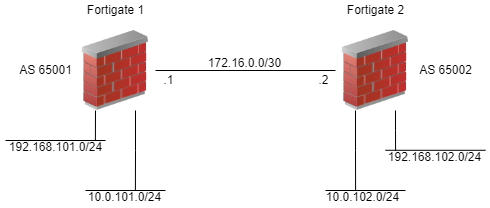0
OCP spec for silicon security could help reduce vendor lock-in
A new specification from the Open Compute Project could mean more choices for IT pros when it comes time to replace server cards.The spec defines a block of code that, when used in processors, establishes root of trust (RoT) boot security. Because the spec is open, any chip maker can use it, and it will provide interoperability with chips made by other chip makers that also use it. This can help eliminate being locked into a single vendor because of proprietary RoT code.By standardizing on OCP hardware, for example, it’s possible to replace a bad smartNIC from one vendor with one from another vendor, says Bill Chen, general manager of server product management at Supermicro, an OCP member.To read this article in full, please click here




 This article from Apple boggles my brain: Apple Security Bounty. Upgraded. – Apple Security Research – https://security.apple.com/blog/apple-security-bounty-upgraded/ In the past two and a half years since opening our program, we’re incredibly proud to have awarded researchers nearly $20 million in total payments, with an average payout of $40,000 in the Product category, and including 20 […]
This article from Apple boggles my brain: Apple Security Bounty. Upgraded. – Apple Security Research – https://security.apple.com/blog/apple-security-bounty-upgraded/ In the past two and a half years since opening our program, we’re incredibly proud to have awarded researchers nearly $20 million in total payments, with an average payout of $40,000 in the Product category, and including 20 […]
